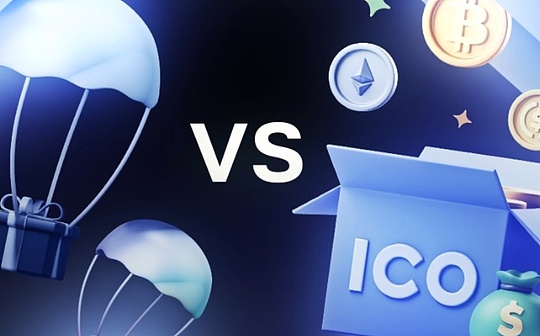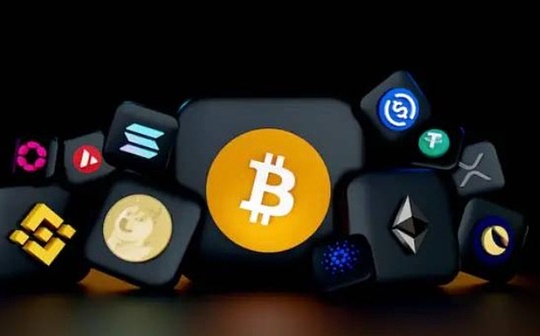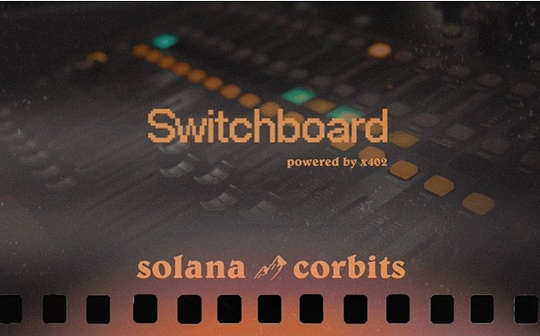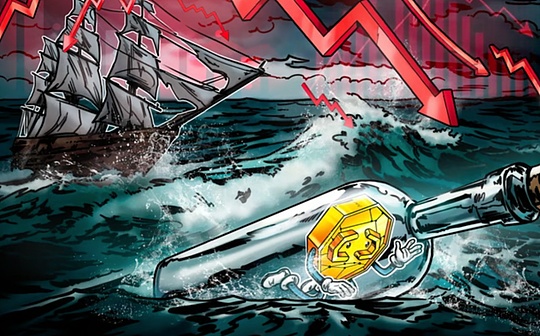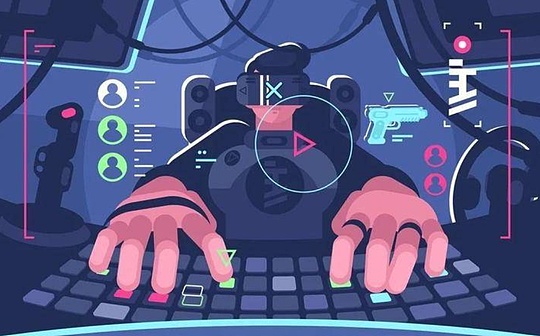
In 2024, the Web3 game industry will show a complex trend, and while making significant progress, it also faces many challenges.Although the number of daily active users has surged by more than 300%, and traditional game companies have also begun to specifically deploy in this field, from the perspective of market performance, the market value of this sector has only increased by 60.5%, significantly lagging behind the Meme currency and AI sectors.As Bitcoin hits new record highs and various crypto sectors flourish, a key question emerges: “Have Web3 games missed the best opportunity to develop in this bull market?”
However, behind these superficial data, 2024 marks an important period of transformation for the industry.The industry has moved from a pure speculation stage to maturity.This report will analyze how Web3 games evolve in the 2024 market cycle and explore key indicators, technological advancements and strategic changes in the sector.From infrastructure development to user engagement models, we will explore how the industry can build sustainable growth while addressing the challenges of mainstream adoption.
Note: Unless otherwise specified, all data in this report are as of December 15, 2024.The data sources are Footprint Analytics and CoinMarketCap.
Overview of key indicators for the year
-
Market capitalization: reached US$31.8 billion, up 60.5%;
-
Trading volume: USD 5.2 billion, up 18.5%
-
Number of transactions: 5.3 billion, down 30.3%
-
Daily active users: reached 6.6 million at the end of the year, an increase of 308.6% compared with the beginning of the year;
-
Active Games: 1,361 of 3,602 games remain active (37.8%);
-
Annual Financing: 220 financing events, totaling US$910 million;
-
Leading public chain:
-
Trading volume proportion: BNB Chain (23.1%), Ethereum (17.6%), Blast (9.2%);
-
The proportion of transactions: WAX (33.6%), Aptos (11.6%), Ronin (6.1%);
-
Daily active users: opBNB (2.2 million), Ronin (1.1 million), Nebula (458,000) (Daily average in December).
Market performance analysis
Market value performance
The Web3 gaming sector achieved strong growth in 2024, but performed worse than other crypto sectors.According to Footprint Analytics data, the market value of gaming tokens reached US$31.8 billion at the end of the year, an increase of 60.5% over the previous year.While the sector hit a year-on-year high of $47.4 billion in March, it is still significantly lower than the all-time high of $114.1 billion set in November 2021.

Although the overall crypto market performed strongly in the second half of 2024, especially the end of the year driven by Bitcoin, gaming tokens lag behind other sectors.CoinMarketCap data shows that Web3 games rank eighth in the top ten sectors in the market capitalization growth rankings, significantly behind leading sectors: Meme Co., Ltd. (421.1%), AI and Big Data (168.0%) and Solana Ecology (124.1%).

This poor performance also extends to community attention.Among the most popular sectors of CoinMarketCap, Web3 games only account for 6.7% of the views in the top ten sectors, ranking ninth because the focus of attention throughout the year is mainly on Meme coin-related projects.
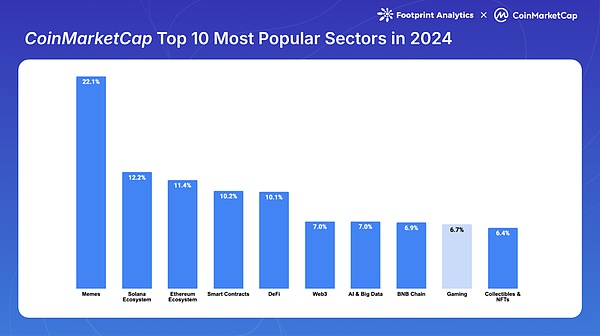
Trading volume analysis
The Web3 gaming sector performed unevenly in key indicators in 2024, with trading volume growing, but the number of transactions continued to decline.
Trading volume trends
The total transaction volume of Web3 games in 2024 reached US$5.2 billion, an increase of 18.5% from 2023.While reversing the downward trend since 2021, trading volumes remain significantly below the previous cycle high.The 2024 data is only 6.2% of the 2021 peak ($84.1 billion) and 15.1% of the 2022 transaction volume ($34.5 billion).
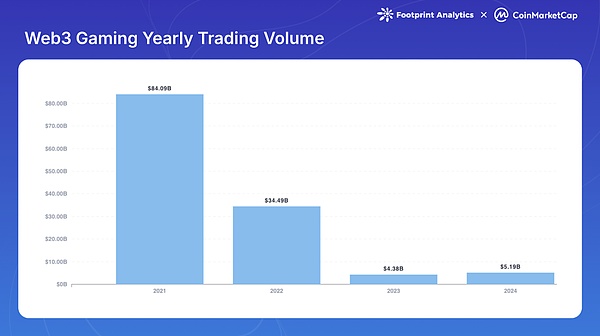
Trend of transactions
The total number of transactions in 2024 reached 5.3 billion, a decrease of 30.3% from the previous year.This level, while comparable to 5.1 billion deals in 2021, failed to reverse the downward trend that began in 2022.
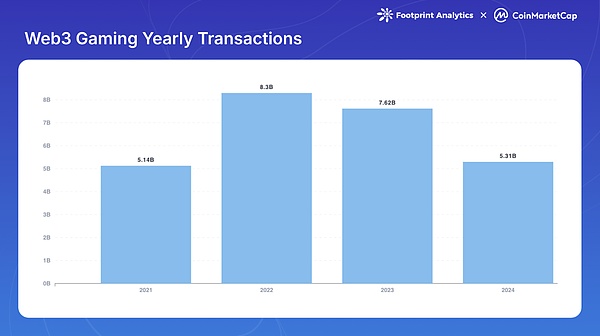
User participation
Daily Active Users (DAU) achieved significant growth throughout 2024, from an average of 1.6 million in January to 6.6 million in December, an increase of 308.6% this year.This growth surpassed the previous cycle peak of 1.8 million DAUs created in November 2021.Although this data may contain some robotic activity, this growth still demonstrates significant user engagement in the industry.
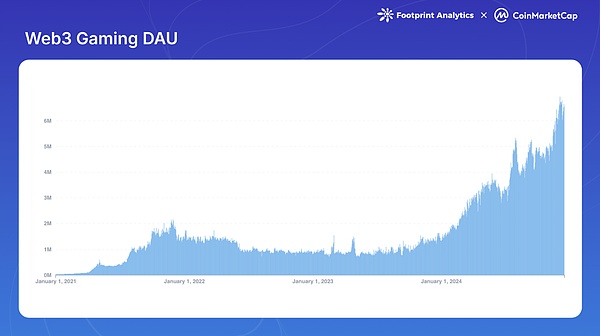
Ecosystem development
Public chain competition and evolution
Analysis of performance of major public chains
In 2024, the dominance of different public chains of Web3 games has changed significantly, and each chain has different advantages in terms of transaction volume, transaction number and user participation.
Distribution of transaction volumes in each chain
BNB Chain maintains dominance in trading volume, achieving $1.2 billion in trading volume (23.1% market share), followed by Ethereum’s $920 million (17.6%).Blast and Ronin account for 9.2% and 9.0% of the market share, respectively.
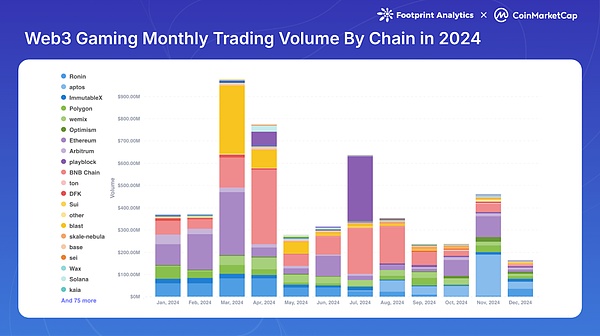
Number of transactions in each chain
Although the industry’s overall transaction number fell by 30.3%, some public chains showed strong performance.WAX leads the lead with 1.8 billion deals (33.6% of the total).Aptos emerged with its “tap-to-earn” model Telegram game Tapos, which reached 620 million transactions (11.6%), of which 540 million were generated in August alone.Ronin and opBNB maintained transactions of 321 million and 318 million, respectively.

Number of users of each link
User activity in each chain showed significant growth, especially in the second half of 2024.opBNB has emerged in terms of user engagement, with an average daily active users reaching 2.2 million in December, surpassing long-term leader Ronin (1.1 million).Nebula, as SKALE Layer 2, ranks third with an average DAU of 458,000.Public chains such as NEAR, Sui and Sei are among the top ten in DAU, demonstrating the expansion of the ecosystem’s competitive landscape and the attitude of users to try new platforms.

The diversified trend of use of each chain indicates that the ecosystem is becoming more mature, and different public chains are finding their respective positioning for various game experiences and user preferences.The main network no longer only provides basic blockchain facilities, but has developed into a comprehensive platform for game developers.The Arbitrum Foundation’s 2 billion ARB Game Catalyst Program, the Starknet Foundation’s 50 million STRK Token Distribution Program, and the important Grant Program from Sui and Xai, show how each chain can attract and retain quality games through strategic incentives.project.
Technical infrastructure improvement
Capacity improvement
Blockchain processing capabilities have been significantly improved, and the current network’s transaction processing volume per second has increased by more than 50 times compared with four years ago.This growth is driven by the rise of Ethereum Layer 2 and Layer 3 networks, including Immutable zkEVM, game chains based on Avalanche L1, Oasys, SKALE, Arbitrum Orbit, and other high-throughput blockchains such as Solana, Sui and Aptos.
The game-specific chain has also made significant progress.Ronin announced its Layer 2 program, Ronin zkEVM, in June 2024, enabling Ronin developers to create their own zkEVM Layer 2.Immutable zkEVM takes a strategic step towards greater accessibility by removing the deployment whitelist and enabling permissionless deployments.Additionally, Avalanche completed the most important “Avalanche9000” upgrade since the mainnet went online in 2020, focusing on addressing the barriers to customized L1 builds and improving interoperability.
Gas fee reduction
The March 2024 Ethereum upgrade of “Cancun” (also known as “Proto-Danksharding” or “EIP-4844”) is an important milestone, significantly reducing the cost of the L2 network.The impact is very significant, with Gas fees falling from a few dollars to a few cents or even less, eliminating one of the biggest frictions faced by blockchain game developers and players.
Improve cross-chain interoperability
Chainlink Cross-chain Interoperability Protocol (CCIP) has achieved significant development in 2024, enabling developers to create games that can interact with multi-chain assets.This improvement significantly improves interoperability of in-game items.
The adoption of standardized formats for digital assets, especially ERC-721 and ERC-1155, has become more popular.These standards ensure that in-game NFTs can be recognized and used across a variety of games and platforms, simplifying asset transfer and interaction.
2024 also witnessed the significant rise of decentralized platforms that support cross-chain gaming.Platforms such as Portal, Fractal ID and Web3Games provide the necessary infrastructure for seamless asset transfer and interaction between different blockchain ecosystems.
Project development
2024 is an important year for the development of Web3 games.In addition to the entry of traditional game companies, the ecosystem has also witnessed the release of several important games.Highly anticipated games like Off The Grid and MapleStory Universe have entered the early access phase, and Illuvium has finally officially launched.Pirate Nation successfully completed the Token Generation Event (TGE) and launched the successful “play-to-airdrop” activity.
Active game analysis
As of November 30, 2024, the total number of blockchain games reached 3,602, an increase from 2,997 in January.However, active gaming metrics show some challenging trends.Of the total number of games, only 1,361 models (37.8%) remained active on-chain, i.e. 2,241 models (62.2%) were inactive.In addition, despite the increase in total games, the number of active games has actually decreased from 1,387 in January.
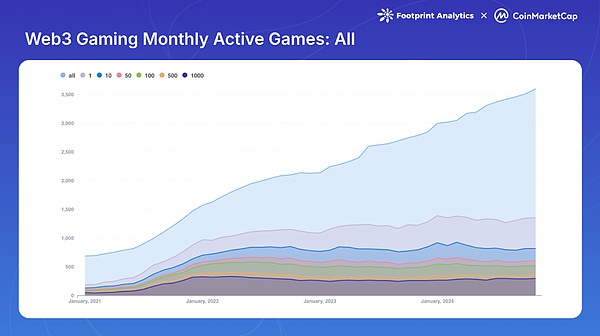
In-depth analysis of user participation indicators shows that the market is further concentrated.The number of games with over 100 months of active users (MAU) fell from 586 in June 2022 to 522 by the end of 2024.In November 2024, 161 games (4.5% of the total) achieved more than 10,000 MAU, of which 96 games (2.7% of the total) exceeded 100,000 MAU.

This trend of user concentration indicates that the market is maturing and successful games are attracting a larger audience.This phenomenon is affected by multiple factors, including fierce competition, rapid iteration strategies, and the “head effect” formed by head games in the ecosystem.
Innovation pattern
Cross-platform gaming trends
Mobile gaming emphasizes accessibility and seamless user experience, establishing its position as a major platform for Web3 gaming in 2024.The mobile-first approach has influenced the way developers design blockchain games, focusing on intuitive interfaces and simplified introductory processes.Among the newly released Web3 games in 2024, mobile games account for 29.4%.
Social platforms, especially Telegram, have become a powerful catalyst for Web3 games, accounting for 20.9% of newly released Web3 games.Telegram’s success stems from its large user base, simplified in-app experience, and the ability to bypass traditional app store restrictions.The platform’s influence peaked in the third quarter of 2024, with 11 games exceeding 10 million MAU.It is worth noting that TON successfully transformed this huge user base into on-chain participants, creating a spillover effect in the Web3 games, Meme coins and DeFi sectors.This success has prompted multiple blockchain networks other than TON to compete for Telegram traffic, and Aptos, Sui, Core and others to launch or support Telegram-based games.
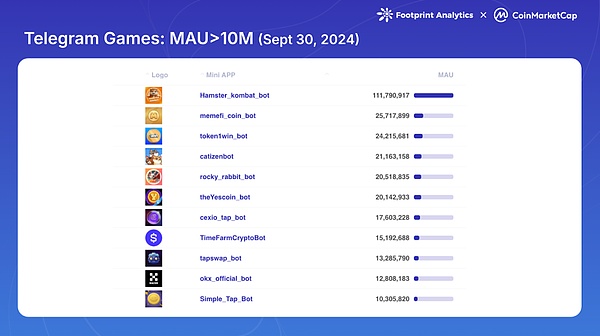
Similarly, Line’s announcement of its 20 mini dApps plan in December 2024 marks an increasing interest in blockchain gaming integration among mainstream messaging platforms.
The console gaming field is still relatively untapped in Web3 games, with major manufacturers Microsoft and Sony remaining cautious.However, new approaches are beginning to emerge to bridge the gap.Some developers, such as Gunzilla Games’ Off The Grid, chose to separate core gameplay from blockchain capabilities to meet expectations for traditional console games.At the same time, blockchain platforms have begun to develop their own Web3 game handheld consoles, such as Sui’s SuiPlay0X1 and Solana’s Play Solana Gen1 (PSG1), which may create a specialized new category of Web3 game devices.
The entry of traditional game companies
2024 marks a major shift in traditional gaming companies’ attitudes towards blockchain gaming, with major game studios moving from experimental actions to strategic development.
Ubisoft released Champions Tactics: Grimoria Chronicles in October on Oasys Layer 2 HOME Verse.This tactical RPG implements a range of NFT-based features while maintaining traditional gaming elements.
Square Enix strengthens the development of its blockchain sector through strategic investment and cooperation.In addition to investing in gaming platforms Elixir Games and HyperPlay, the company has also announced that it will bring its Symbiogenesis games to HyperPlay.
Sony Group’s participation marks a major advancement to blockchain gaming, both through investment and infrastructure development.While supporting double jump.tokyo Inc.’s $10 million Series D funding, Sony also announced the launch of Soneium, a Layer 2 network designed to connect Web3 innovation with consumer applications in the gaming and entertainment sectors.
AI integrated into game development
As artificial intelligence innovates various industries in 2024, the Web3 gaming field has become an important beneficiary of AI innovation, opening up new opportunities for game development and player experience.
AI has revolutionized in-game interaction and content generation.Game Studios are leveraging AI to create more complex non-player characters (NPCs) that are able to adapt to player behavior and generate personalized tasks based on personal game history and preferences.This personalization enhances player engagement by making the gaming experience more relevant and personalized.
In terms of development, AI significantly simplifies the creative process.Developers are using AI tools to automatically generate gaming environments and assets, significantly reducing production time and costs.This gives small teams the opportunity to create high-quality games that can compete with large studios.
AI also enhances the operational aspects of Web3 games.This technology is used to automate game testing processes and monitor on-chain transactions to prevent potential fraud or cheating, which is particularly important in games with complex economic systems.Additionally, AI algorithms are helping to optimize gaming economy and token models to solve one of the main challenges in Web3 game design.
Investment pattern
Annual financing events overview
Web3 Games raised $910 million in 2024 with 220 financing events.Although the amount of financing fell 7.3% from 2023 and significantly lower than the 2021-2022 boom period (USD 3.2 billion and USD 2.7 billion, respectively), the number of financing events increased by 48.7% from 2023, indicating continued investor interest, althoughThe scale of a single transaction is reduced.
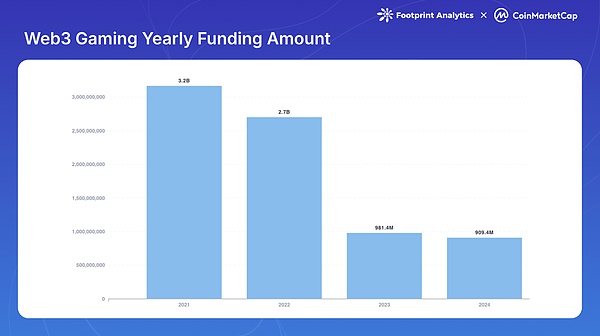
This year, there was a clear tendency toward early-stage investment, with 76 early-stage transactions (34.6% of the total event) compared to only 20 Series A or later-stage financings (9.1%).This trend suggests that while new projects continue to attract initial funding, many projects during the 2021-2022 boom are challenged in obtaining subsequent financing.
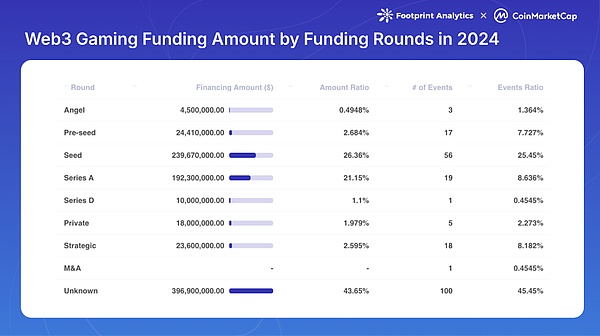
Among investors, Animoca Brands remained the lead, completing 38 investments, an increase of 192.3% from 2023 and participating in 17.3% of all financing events in 2024.Spartan Group and Big Brain Holdings followed closely with 22 and 15 investments, with the top ten investors completing a total of 152 investments.
Major financing events
Seven projects raised over $20 million in a single event in 2024.Azra Games leads the way with a $42.7 million Series A financing, focusing on bringing console-level gaming experience to mobile platforms.
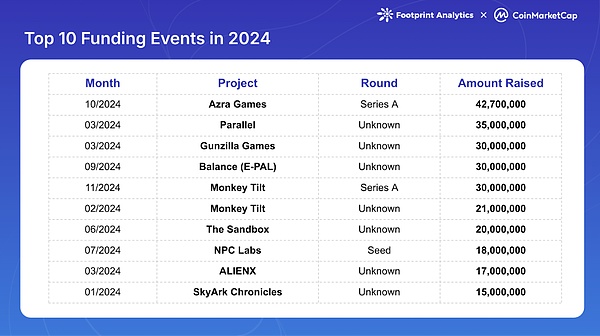
Judging from the cumulative financing, Monkey Tilt raised $51 million through two rounds of financing, and they are the platform for the “game-entertainment-gambling” hybrid model.Gunzilla Games has received four rounds of funding from well-known investors including VanEck, Coinbase Ventures, Delphi Ventures and Avalanche’s Blizzard Fund, demonstrating strong investor confidence.
Strategic investment trends
As the industry matures from the craze period of 2021-2022, with the focus shifting to fewer but higher quality projects, investors have become more selective in their approach.
Financing is increasingly targeting game infrastructure and development tools, not just the game itself.Notable examples include the $18 million seed round raised by NPC Labs to build Web3 games on Base, and the $5 million A round raised by Alliance Games to AI-powered decentralized infrastructure.This trend reflects the growing interest of investors in underlying technologies that can support multiple games and platforms.
Platform and multi-chain development have attracted a lot of attention, especially projects that build a cross-chain gaming ecosystem.Seeds Labs raised $12 million for its flagship Bladerite on Solana, while B3’s launch of Open Gaming Layer demonstrates investors’ interest in expanding cross-chain gaming capabilities.
In addition, the new gaming category has received significant investor attention in 2024, especially Telegram-based gaming and betting game projects, despite regulatory challenges.
Industry evolution and future prospects
The Web3 gaming industry has experienced a significant evolution in the game mode in 2024.The previous cycle-led “play-to-earn” model gave way to a more sustainable approach.Telegram-based tap-to-earn games show unprecedented user acquisition capabilities, while Pirate Nation and Pixels’ play-to-airdrop strategies provide new user acquisition methods.At the same time, mature projects have turned to the “play-and-earn” model, putting gameplay above financial incentives.
However, the field still faces ongoing challenges.Technical barriers remain significant, especially in achieving seamless blockchain integration without affecting the gaming experience.Regulatory uncertainty, especially around gambling characteristics and token classification, continues to influence development decisions.
Most importantly, maintaining on-chain participation has become a fundamental issue.This is particularly evident in Telegram games: Hamster Kombat’s monthly active users dropped from more than 100 million in September to 22.9 million in mid-December, with only 0.0004% of users participating in on-chain gaming activities.While other Telegram games show higher conversion rates, most are still below 1%.It is worth noting that these metrics specifically reflect on-chain game activity, as the core gameplay of most Telegram games remains off-chain, and users may be more active in other sectors such as Meme Coin or DeFi.This highlights the ongoing challenge of converting platform users into active blockchain gamers.
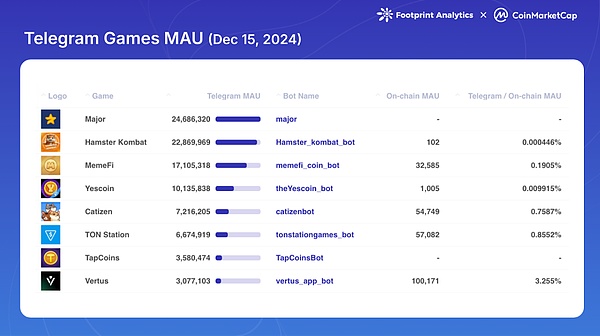
2025 Outlook: Reshaping Relevance
As Web3 games seek to reestablish their position in the crypto landscape, several key trends emerge as potential transformation catalysts:
Social platform integration stands on the most promising path to mainstream relevance.The amazing success of Telegram games demonstrates the power to meet users wherever they are, with platforms like Line and TikTok ready to go.This approach may ultimately address user acquisition challenges in the field by leveraging existing social networks rather than building communities from scratch.
AI integration will evolve from marketing features to the fundamental driver of innovation.In addition to enhancing game development and NPC interactions, AI could address the core challenges in economic design and user retention in the field.These are areas where Web3 games have traditionally struggled to compete with traditional gaming experiences.
Achieving sustainable growth through integration may ultimately determine the relevance of the field.Success may not come from competing with traditional games or other crypto sectors, but rather seamlessly blending with them.This means focusing on how blockchain enhances rather than defines the gaming experience, developing more complex token economics, and putting user experience above crypto-native features.
In summary, the role of Web3 games in the crypto ecosystem may not be about dominance, but about integration.By cleverly connecting traditional games, social platforms and blockchain technologies, Web3 games are expected to create real innovative value.This evolution will not only help the industry break through the current limitations of “another crypto vertical” but also be more likely to become a key force in reshaping the future of the gaming industry.
This report is an annual report jointly launched by Footprint Analytics and CoinMarketCap Research.



